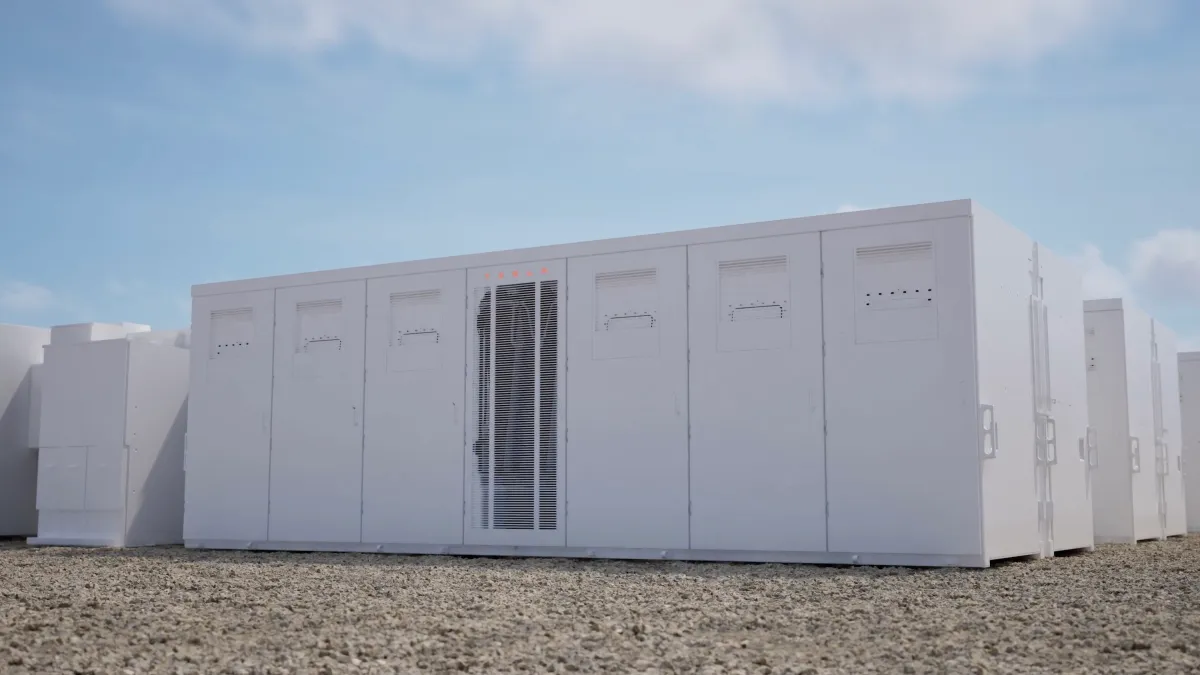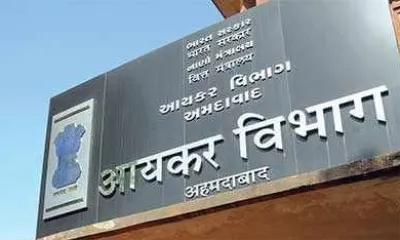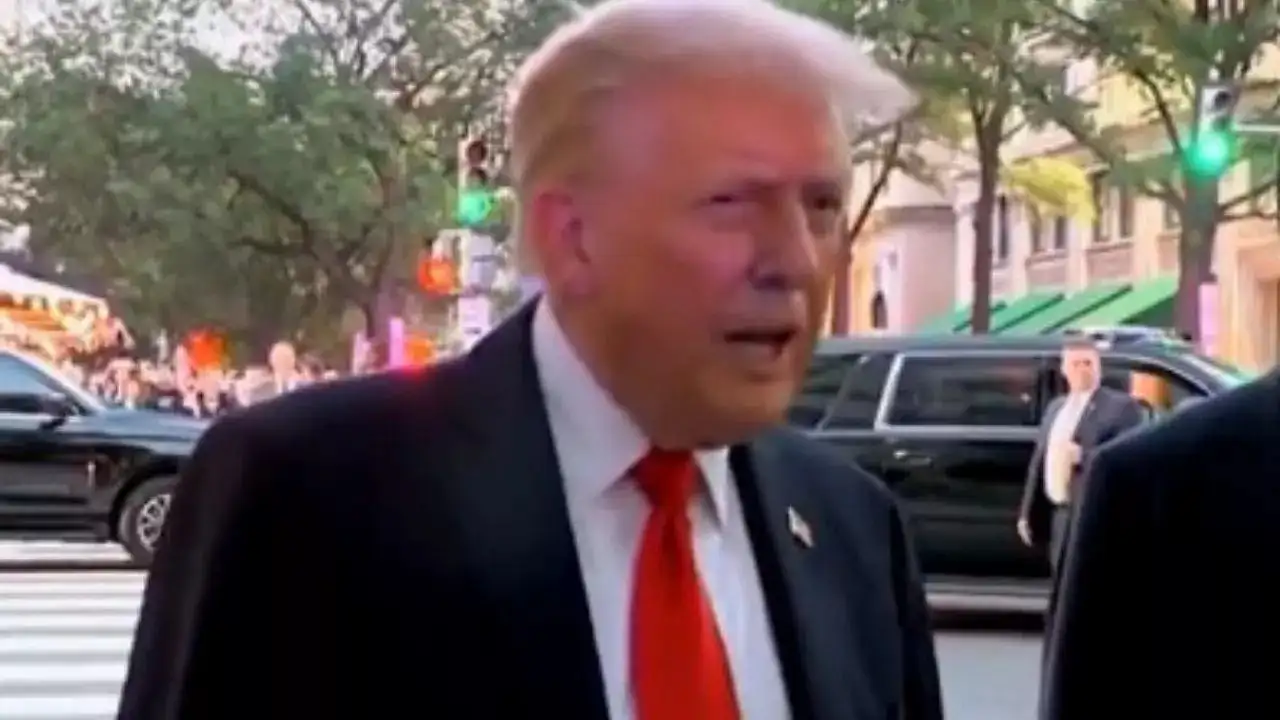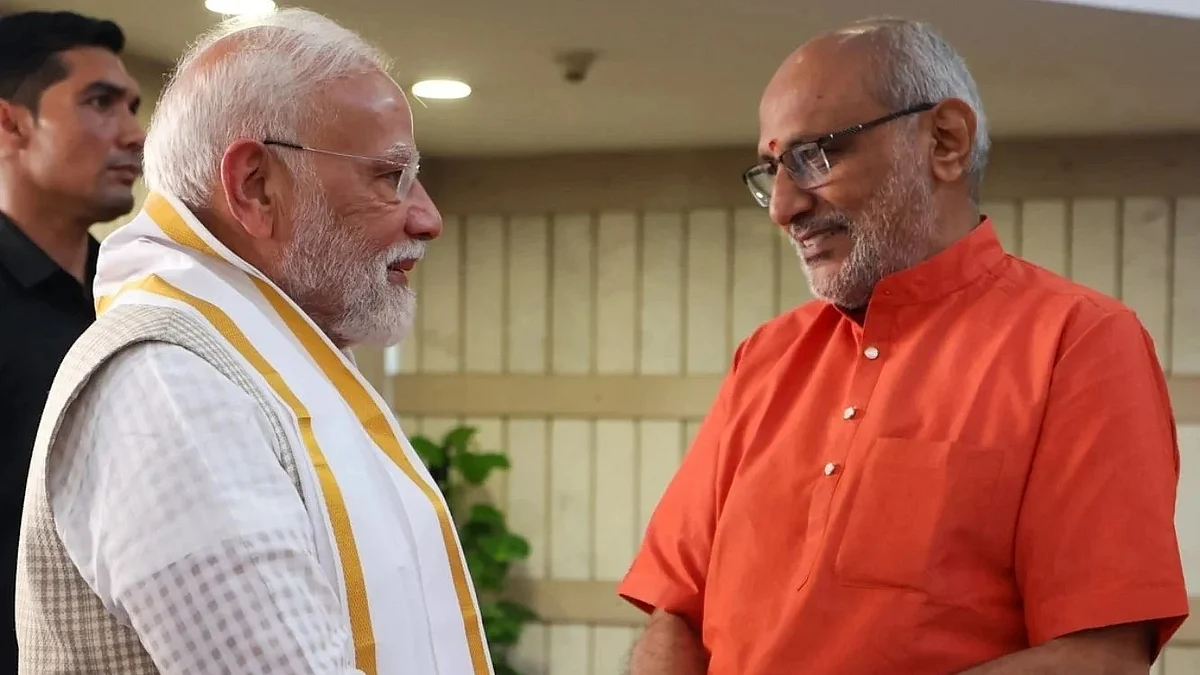By Chris Rowbottom
Copyright abc
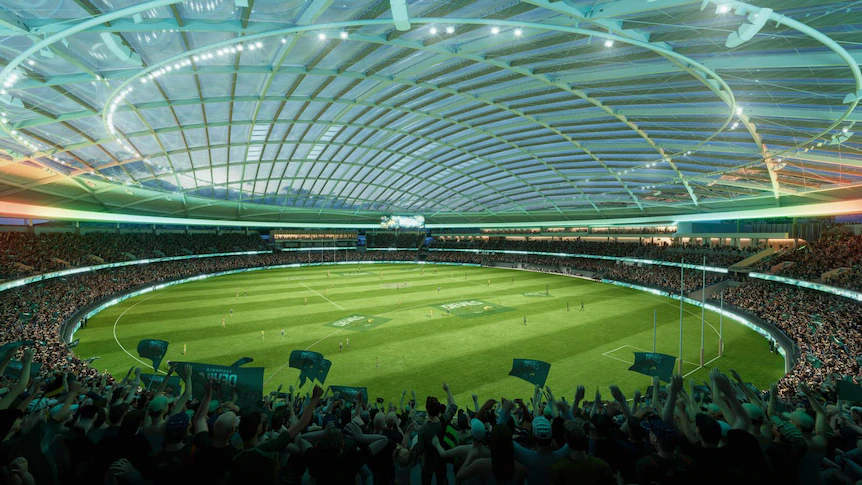
On Wednesday, the Tasmanian Planning Commission will hand down its final report on the proposed AFL roofed stadium at Macquarie Point in Hobart.
The report has been 12 months in the making and was compiled against a backdrop of political volatility and intense public debate on the project.
The public will learn tomorrow whether the commission recommends the project proceed or not, as well as details of any concerns about the project.
So much has happened since the planning commission set about its massive task in September last year.
The estimated cost of the project ballooned — twice — from $715 million, to $775 million and at last count, $945 million.
The state government walked back a 2024 election promise to hard cap the state’s contribution toward the project at $375 million, to instead fund any shortfall via borrowings — turning down a prospective partnership with the private sector to deliver it.
Key stakeholder Cricket Tasmania expressed deep concern about the ability to play cricket at the stadium, due to the design of the fixed roof — an issue that, while progressing, is still yet to be resolved, months later.
In March, we saw the planning commission’s scathing draft version of the report handed down.
It triggered not only a stinging response from the Macquarie Point Development Corporation and its lawyers, but a rebuke from the government that would eventually morph into a desire to scrap the assessment process altogether, in favour of bespoke fast-track legislation that would have been voted on by both houses of parliament in July.
But those plans were then scuppered as a period of political wibble-wobble intensified until we had another premature state election — one that would prove largely pointless, given it returned a near-identical lower house to the one that was dissolved six weeks prior.
With a minority Liberal government re-installed, Jeremy Rockliff returned as premier and the project survived.
The chance to vote on the fast-track legislation was now in the rear-view mirror, and the Tasmanian Planning Commission (TPC) as well as the Project of State Significance (POSS) process, roared back into relevance.
Hearings heard from range of stakeholders
During the election campaign, and despite the government trashing the process, public hearings were held by the commission that allowed the stadium’s proponents the chance to respond to the draft report and attempt to rectify or explain away the issues raised within it.
Held over the past two weeks, the hearings have formed part of the Project of State Significance process and provided almost 30 stakeholders with the opportunity to present evidence to the TPC panel assessing the stadium.
Stadium opponents, led by anti-stadium community group, Our Place, were allowed a platform and produced experts to contend the proponents’ position on how the stadium will look, and its impact on the city, among other things.
Through planning lawyer Chris Townshend KC, project proponent Macquarie Point Development Corporation (MPDC) clarified and provided further detail on a range of planning issues — including traffic management, emergency egress, remediation, access and visual impact, while an updated operating model produced by Stadiums Tasmania forecast the stadium to make money year on year.
There was a general sense among stakeholders that the hearings were positive for the proponents.
As the hearings progressed, and following their conclusion, MPDC worked with affected stakeholders to formulate a set of proposed permit conditions that were submitted to the commission in July.
They included agreed terms with the Environmental Protection Agency, TasWater, the Tasmanian Symphony Orchestra, Heritage Tasmania, the Hobart City Council and the State Emergency Service, among others.
How, and if, those conditions are appropriate, and how the TPC interprets the arguments made during the hearings will be revealed in the final report.
The big ticket item will, of course, be the aforementioned cost, currently at $945 million but inclusive of many ‘under the line’ items that had not been counted previously.
Despite MPDC’s protestations that economics should not play a major role in a planning decision, they will indeed weigh heavily in the minds of the assessors and of the parliamentarians who will eventually vote to pass or block the project at a time of extreme budget pressure.
There will be nervousness among key stadium stakeholders, including the government, MPDC and the Tasmania Devils football club whose existence relies on the stadium being built.
That may be because the draft report in March revealed a laundry list of issues with the stadium project.
Will the final report do the same?
While the TPC final report is a significant piece of the stadium puzzle, on its own, it will not determine whether or not the stadium progresses.
Rather, it will only contain a recommendation or a non-recommendation from the commission, falling somewhere on a spectrum of ‘yes, but’ or ‘no, unless’.
From there, it will be up to the Tasmanian parliament to decide whether or not the stadium is granted planning approval.
Once the report is released and digested, important questions will be asked, directed to the parliamentarians of both houses: How bad does the report need to be for you to withdraw support for the stadium, or to vote against it later this year? How glowing must it be for you to support it or vote it through?
A recommendation to proceed will be spun by stadium supporters as the ultimate vindication, while a non-recommendation will be all the evidence those opposed to the stadium need to declare it absolutely cannot — and should not — be built.
Either way, there will be parliamentarians who defy the planning commission. Some will vote against the stadium despite a recommendation to build it, while others will vote for it to proceed even if the commission decides not to support it.
And whatever the report says, one thing is for sure: The stadium debate is about to re-ignite with a bang after a period of relative quiet.
